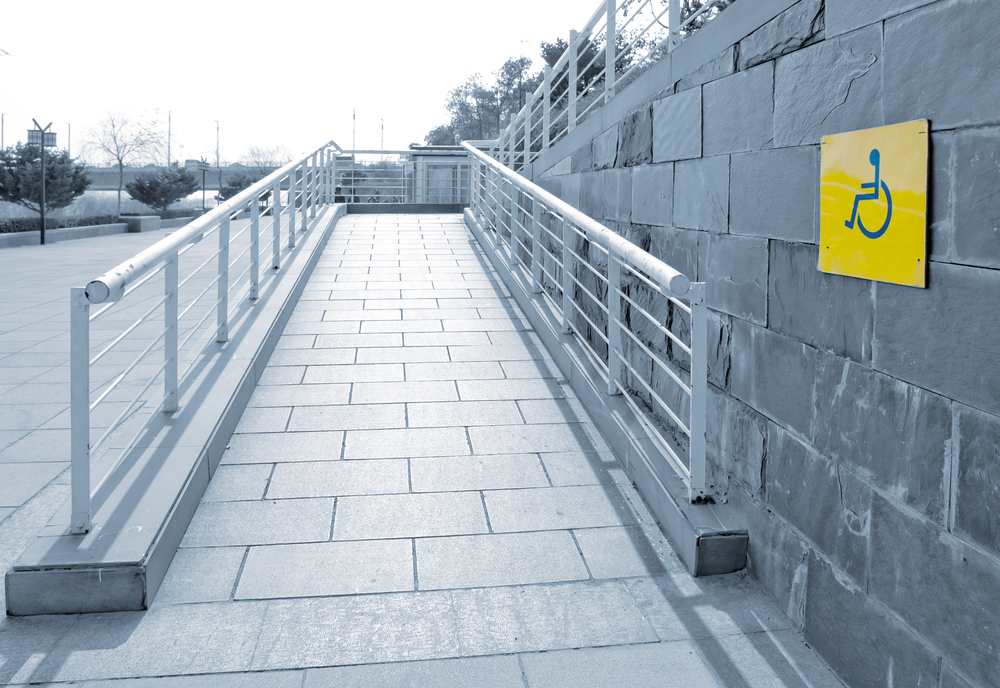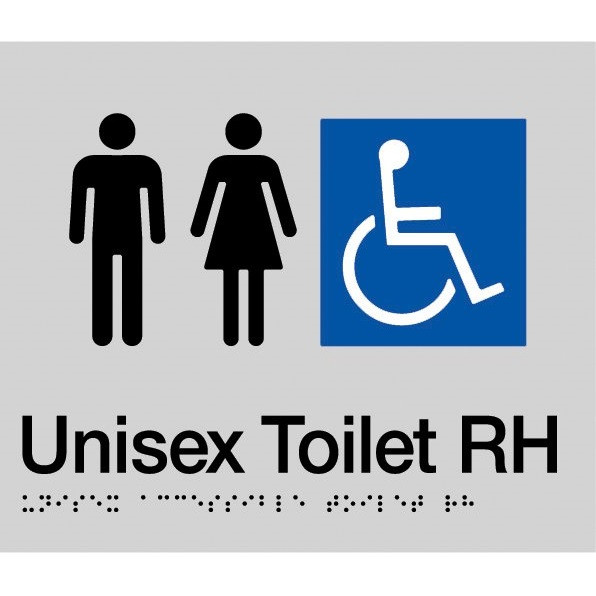If you’re building in Australia, you have to know these accessibility guidelines

Many people in the community believe disability is someone else’s problem. We tend to believe disability won’t touch our lives, and we give little thought to the experience of living with disability, or caring for someone with a disability.
Fundamental to what we do at Indesign Access, is ensuring that the design and construction of all buildings and surrounding links are accessible to everyone, regardless of their ability.
If a person with a disability is not involved in your social or work life you may hard to understand why the dimensional requirements and circulation spaces are required for individuals in wheelchairs or unisex accessible toilets are large and private or why handrails on both sides of stairways are required for person who may have suffered from stroke or the importance visual indicators on doors and around doorways for the safety of a person with vision impairment
If these requirements are not followed, people in our society are left behind and the fundamentals of the Disability Discrimination Act (DDA) instrument empowered by State and Territory legislation has been lost . This may also lead to formal action with complaints being lodged under the Human Rights Commission “treating a person less fairly’.
Codes and Legislation
There are a number of laws and standards that govern the planning and construction of facilities to ensure they are accessible. If I can explain in a pyramid form
The DDA sets out the wording “we shall not treat a person less fairly”. The DDA does not set out building requirements.
Disability (Access to Premises – buildings) Standards 2010 (Premises Standards). This is a national document that breaks down the fundamentals when building a public building to ensure that dignified, equitable, cost-effective and reasonably achievable access to buildings, and facilities and services within buildings, is provided for people with disability. A lot like the state required Building Code of Australia (BCA) however, it is unlawful to contravene the Premises Standards.
The Premises Standards prescribe national requirements for new buildings and where new building work is being undertaken in existing buildings to comply with the DDA in the areas and for the buildings covered by these Standards.
The wording ‘covered by these Standards’ is important, because this is referring to the Australian Standards for example AS1428.1 2009 or AS1428.4.1. the Australian Standards set out the dimensional requirements and a common mistake made by building professionals is they refer to AS1428.1 2009 when the Disability (Access to Premises – buildings) Standards 2010 (Premises Standards) or Building Code of Australia (BCA) does not require these items to be considered.
The Guideline was prepared by the Australian Human Rights Commission to assist those responsible for buildings and those interested in access to buildings to understand the application of the Disability (Access to Premises – buildings) Standards 2010 (Premises Standards).
What does the AS1428 cover?
The AS1428.1 provides very comprehensive and detailed specifications around the building of everything for pathways to stairways, circulation spaces and Disabled toilet set-outs (Accessible Sanitary Facilities is the correct term.

AS1428.1 Clause 10 Pathways
One of the main focusses of the AS1428.1 is ensuring that every path of travel will be a continuous accessible path of travel, with no steps, or other obstacle impeding its use.
AS1428.1 Clause 10 Ramps
There are a number of ramps and requirements that must be complied with under the AS1428.1 Some of them are as follows:
- The maximum gradient of a step ramp must not be less than 1:10 a length not greater than 1900 mm to prevent fatigue.
- Kerb ramps can be constructed a grade of not less than 1:8 over a length not greater than 1540 mm
These are all dimensional requirements that have evidence-based research behind them to provide as far as is reasonable access for person with a disability.

AS1428.1 Clause 15 & 16 Sanitary and other facilities
Sanitary facilities, but also those facilities must be user-friendly and provide a pleasant experience.
For example, the Australian Human Rights Commission guidelines on the application of the Premises Standards says that if a large theatre, shopping centre or sports stadium has several toilet blocks on any one level, only 50% of the toilet blocks need to have an accessible unisex toilet, the other toilet blocks should provide directional information about the whereabouts of the others.
Is this enough though? why do we think it is still ok for large children with a disability to have to be changed or cleaned on the floor because they cannot make to the closest bank of toilets. We all have an Ipad however, we still need to argue the installation of Changing Place rooms. http://changingplaces.org.au/
As we said earlier, these are just a few of the requirements when building in accordance with the AS1428.1. The Access Code and BCA sets out when the AS 1428.1 2009 or AS1428.4.1 is required. At Indesign Access we have a team of accredited experienced DDA Access consultants who can exercise their professional judgement and expertise on how to apply the requirements to specific situations. We have been providing property development solutions since 2008 and managed various projects efficiently, with in time completion and within the budget.
Get in touch with us today, if you have any further questions about the standards or legislation and our experienced staff members can help you out.